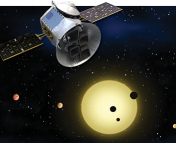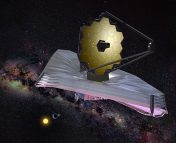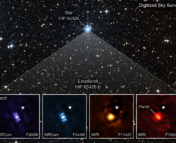
I am Mengfei Sun, a graduate student from the School of Astronomical and Space Science, Nanjing University. And I am currently mainly engaged in research related to exoplanet statistics.
Title: A Mirage or an Oasis? Water Vapor in the Atmosphere of the Warm Neptune TOI-674 b
Authors: Jonathan Brande, Ian J. M. Crossfield, Laura Kreidberg, Antonija Oklopčić, Alex S. Polanski, Travis Barman, Björn Benneke, Jessie L. Christiansen, Diana Dragomir, Daniel Foreman-Mackey, Jonathan J. Fortney, Thomas P. Greene, Andrew W. Howard, Heather A. Knutson, Joshua D. Lothringer, Thomas Mikal-Evans, Caroline V. Morley
First Author’s Institution: Department of Physics and Astronomy, University of Kansas, 1082 Malott, 1251 Wescoe Hall Dr., Lawrence, KS 66045, USA
Status: Submitted to AAS Journals [open access on arXiv]
What does TOI-674 b look like?
Recently, the Transiting Exoplanet Survey Satellite (TESS) observatory discovered a low-density super-Neptune named TOI-674 b. It is about 23 times the mass of the Earth and 5 times the radius of the Earth. So it is a bit bigger than Neptune, which researchers usually call super-Neptune.
TOI-674 b orbits its star every 2 days and the host star is a red-dwarf star about 150 light-years away. This means that TOI-674 b is very close to its host star. Also, the host star is near our own solar system. This is very beneficial for researchers to further observe TOI-674 b through the transit method, which is an observation method to study planets through the light curve of stars as the planet transits in front of the star, dimming its total brightness. The host star is close to the solar system and has low brightness. The planet is close to the host star and has a large size. These are the reasons why it is suitable to observe by the transit method. Therefore, TOI-674 b has become an important target of atmospheric composition research.
What is the Neptune Desert?
The Neptune Desert is a region lacking short-period Neptune-sized planets among the exoplanets discovered so far. It is closely related to the formation and evolution of planets.
With these above parameters (mass, radius and period), TOI-674 b is confirmed to be located in the Neptune Desert (see Fig. 1).
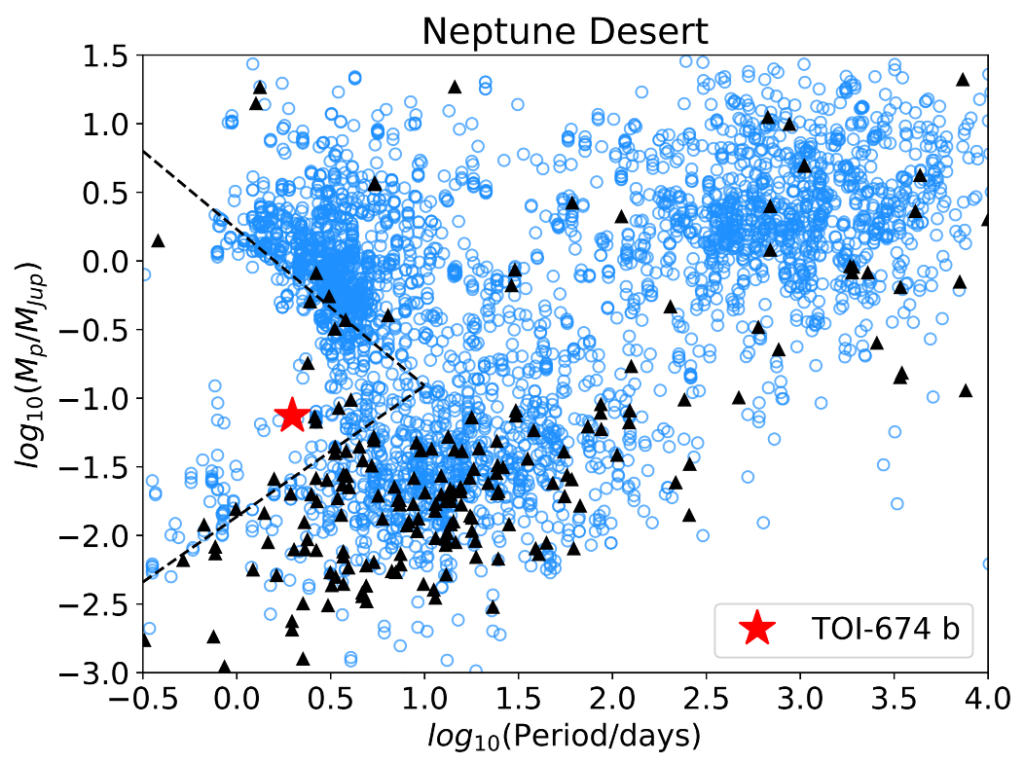
TOI-674 b is most notable for where the planet is located. The study found that TOI-674 b is one of the most massive and bulky super-Neptunes around M-dwarfs (which is a relatively low-mass and relatively small-sized star type commonly found near the solar system) based on measured mass, radius and period.
How to find water vapor?
If the planet is very close to the host star, the planet’s atmosphere should be stripped due to radiation from the host star. So it is really very surprising that the current research is able to detect water vapor on TOI-674 b.
At this stage, the presence of water vapor can be determined by the spectrum of the planet’s atmosphere. During the process of transit (the planet passing in front of its host star), some of the light from the host star filters through the planet’s atmosphere before it reaches us. This makes it possible to determine which chemical components are present in the planet’s atmosphere by analyzing which wavelengths of light are absorbed by the molecules of the planet’s atmosphere.
Due to the absorption of certain wavelengths of light by atmospheric molecules, the resulting light curve will drop more in the process of transit, and the planet appears to be bigger (see Fig. 2).
This work found that the atmospheric transmission spectrum can be best explained by the presence of water vapor (see Fig. 2). And this result makes TOI-674 b become one of the very small number of Neptune-like planets to have evidence of water.
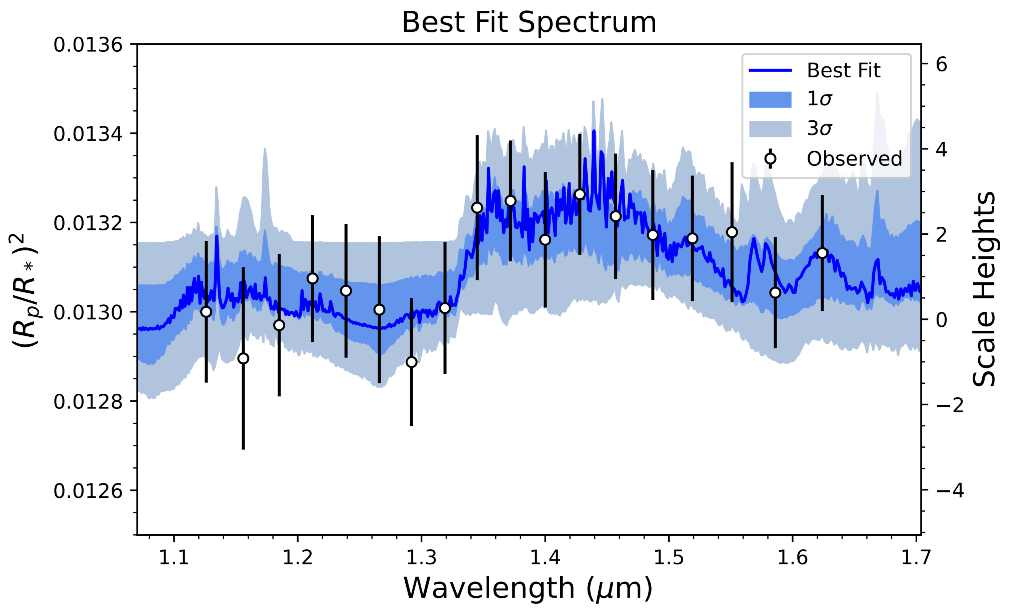
The exciting new world!
Currently, the successful launch of the James Webb Space Telescope (JWST) enabled more precise measurements of the atmospheres of many exoplanets. On July 12, JWST revealed in detail the steamy atmosphere of an exoplanet called WASP-96 b and found the clear signature of water. This is the most detailed exoplanet spectrum to date! It is very exciting. This means that JWST can reveal more details about TOI-674 b’s atmospheric composition, such as the presence of clouds and heavier elements. In addition, the researchers need to know more about how much water it really contains. These studies will help to further understand how and where the planet formed, and perhaps bring us one step closer to understanding ice giants of our own solar system such as Uranus and Neptune.
TOI-674 b is one of the few studies to detect water vapor on this type of exoplanet. There is no doubt that it is also an important candidate for subsequent atmospheric characterization and observation through JWST. Now, it is a golden age in the study of exoplanet atmospheres!
Astrobite edited by Jenny Calahan
Featured image credit: NASA/JPL-Caltech


